-
Do you need help identifying a 🌶️?
Is your plant suffering from an unknown issue? 🤧
Then ask in Identification and Diagnosis. -
✅ Expert and friendly hot pepper grow advice.
✅ The latest information on hot pepper varieties.
✅ Reliable seed trading.
✅ Hot sauce recipes and food safety guidance.
✅ Hot sauce business tips for startups.
🌶️ And more!
It's all here, at The Hot Pepper! The Internet's original hot pepper community! Est. 2004.
You are using an out of date browser. It may not display this or other websites correctly.
You should upgrade or use an alternative browser.
You should upgrade or use an alternative browser.
container-growing What the ideal container size...
- Thread starter acs1
- Start date
acs1 said:Whats the ideal container size, for full size plant growth/production...?
Yes, I know the bigger the better, but whats the consensus around here of the ideal size for the best compromise...
I have a bit of experience in this area......

Everything from 1 gal. nursery pots - 1½ gal. food containers to 7 gal. construction commercial pots. My advice?
Max nailed it.... U gonna use garden soil or potting media? Commercial liquid nutes or compost? Rigid watering schedule or Mother Nature weather? Unobstructed sunshine or shadowed? I will say larger pots will forgive a # of issues, like holding a lot more water than a small 1.....Etc.Max Nihil said:For me;
it depends on many factors and without more information on the strain, media, light source, fertilizer and other similar factors no ideal default size for containers exists.
I tend to use what I have on hand... for example:
I eat a lot of Winco yogurt that comes in containers that are close to 32 fluid ounces in volume. I drill 3 5mm holes in these white polypropylene ♷ containers and use them like (slightly smaller)#1 pots in a nursery. I used 75 of these containers repeatedly over the last season (for mulberry seedlings and Delosperma cuttings) and they are the basis of my current indoor Capsicum breeding project as well.
These yogurt containers will only let dwarf ornamental Capsicum reach a normal size and even then that is only for several weeks. If the ornamental is regenerated and kept for years the smaller size of the pots will definitely prevent the plants from growing to their full potential. I use the containers because I can work their price into my food budget and because they suit my needs well.
For commercial production in.containers I've seen Capsicum grows that used lines of #2 nursery container size bags, filled with hardwood sawdust, with a drip line and an emitter for each bag coming from a single reservoir mix tank, all on a gravel bed in hoop houses covered in a light diffusing fabric that shades things just a little to keep the temp cool. In this setting the plants root into the gravel bed under the containers thus allowing much larger plant sizes than the same container series drip system would facilitate on a concrete surface so for this type of situation the best container size is likely the #2 aka 2 "gallon" nursery pot.✩
In grows with fixed positions for containers the ideal sizes are smaller in cases where the plants can root right into the ground or media below them. In case where the ground doesn't allow rooting or it is less than ideal for rooting and plant health; the ideal size container are larger in volume. If the plants are to be grown indefinitely the size should be large enough that no restrictions upon plant size occur from limited root space. This is tricky however as that many strains of Capsicum may yield better in root bound containers when compared to a similarly sized plant of the same type with more root space.
Many Capsicum seem to respond to limited root space by flowering more and in those cases larger containers may not yield more berries/pods per unit of space in a given amount of time with fixed amount of water and fertilizer.
Long lived vigorous plants that grow tall and wide, with large leaves and prolific yields are ideally suited to larger containers but they can be grown in one size for a season and then transplanted to increasingly larger containers over time.
One major advantage of containers is also a disadvantage, that is that containers allow plants to be repositioned and moved easily and in some cases be shipped thousands of miles! Being able to move plants in pots is extremely useful but it also means that the pots must be able to be moved.
Aside from using what I have on hand I have some examples of what I've recently and specifically purchased for use as containers as well as.some other considerations:
This year I planted some cacti in some small low and wide small pond containers that hold something like 14 gallons★ of mix. I also bought a tote that would hold 40 gallons, drilled drainage holes and painted it with UV stable enamel spray paint. When I bought those containers I also bought a small flat furniture dolly to make moving these containers much easier because they are extremely heavy when full with plants and moist mix.
What I did before buying the containers was consider my ability to move them. I bought containers so large that a unaided human cannot eaisly and safely lift and move them but I also bought equipment at the same time, which allows me to easily and safely move the containers.
In many cases larger is better but being able to move the containers limits the upper range of sizes that work. However if you use a light mix and tools like furniture dollies or machines then plastic stock tanks that hold 110 gallons can even become practical.
I know one man who swears by using 1/2 whisky barrel planters for many species of plants including numerous trees. Those containers have a literal volume of 20-25 gallons and with a dolly are fairly easy for most people to move. They are said to be excellent for plants that grow outdoors for most of the year and then are over-wintered in a cool garage. I wouldn't want to carry a bunch of them up and down flights of stairs but for many people they are an attractive and manageable container.
I have been looking at non-weave breathable fabric reusable grocery bags as containers for outdoors next year. They come in a range of sizes and colors and should work very will and be inexpensive.
Lately I have been thinking about hypertuffa containers and other DIY cement based types of containers using papercrete, concrete and fabric and other similar light concrete building materials.
I'd like to have 4' x 4' x 2' square breathable hypertuffa boxes/raised beds on top of a slanted bed sealed with sodium bentonite clay and covered with several inches to a foot of pea gravel and ceramic expanded shale media. This would be a scaled up nutrient flow technique system for outdoor use (under floating row cover like material to better control temps and pests) and such a system doesn't need moveable containers and size is limited to practicality for construction and in terms of price.
An aquaponic grey-water NFT outdoor system is a dream of mine and I'm still considering what container sizes would be possible. If anyone knows about large cast concrete planter construction please PM me.
These are my thoughts when I think about the OP topic.
✩ Nursery containers don't actually have a gallon volume equal to their size. A 1 gal container in a nursery setting holds less volume than a fluid gallon but is nevertheless called a 2 gallon containers in horticultural circles.
★ For containers intended for use as small ponds the gallon size is a measurement of actual container volume.
I eat a lot of Winco yogurt that comes in containers that are close to 32 fluid ounces in volume. I drill 3 5mm holes in these white polypropylene ♷ containers and use them like (slightly smaller)#1 pots in a nursery. I used 75 of these containers repeatedly over the last season (for mulberry seedlings and Delosperma cuttings) and they are the basis of my current indoor Capsicum breeding project as well.
These yogurt containers will only let dwarf ornamental Capsicum reach a normal size and even then that is only for several weeks. If the ornamental is regenerated and kept for years the smaller size of the pots will definitely prevent the plants from growing to their full potential. I use the containers because I can work their price into my food budget and because they suit my needs well.
For commercial production in.containers I've seen Capsicum grows that used lines of #2 nursery container size bags, filled with hardwood sawdust, with a drip line and an emitter for each bag coming from a single reservoir mix tank, all on a gravel bed in hoop houses covered in a light diffusing fabric that shades things just a little to keep the temp cool. In this setting the plants root into the gravel bed under the containers thus allowing much larger plant sizes than the same container series drip system would facilitate on a concrete surface so for this type of situation the best container size is likely the #2 aka 2 "gallon" nursery pot.✩
In grows with fixed positions for containers the ideal sizes are smaller in cases where the plants can root right into the ground or media below them. In case where the ground doesn't allow rooting or it is less than ideal for rooting and plant health; the ideal size container are larger in volume. If the plants are to be grown indefinitely the size should be large enough that no restrictions upon plant size occur from limited root space. This is tricky however as that many strains of Capsicum may yield better in root bound containers when compared to a similarly sized plant of the same type with more root space.
Many Capsicum seem to respond to limited root space by flowering more and in those cases larger containers may not yield more berries/pods per unit of space in a given amount of time with fixed amount of water and fertilizer.
Long lived vigorous plants that grow tall and wide, with large leaves and prolific yields are ideally suited to larger containers but they can be grown in one size for a season and then transplanted to increasingly larger containers over time.
One major advantage of containers is also a disadvantage, that is that containers allow plants to be repositioned and moved easily and in some cases be shipped thousands of miles! Being able to move plants in pots is extremely useful but it also means that the pots must be able to be moved.
Aside from using what I have on hand I have some examples of what I've recently and specifically purchased for use as containers as well as.some other considerations:
This year I planted some cacti in some small low and wide small pond containers that hold something like 14 gallons★ of mix. I also bought a tote that would hold 40 gallons, drilled drainage holes and painted it with UV stable enamel spray paint. When I bought those containers I also bought a small flat furniture dolly to make moving these containers much easier because they are extremely heavy when full with plants and moist mix.
What I did before buying the containers was consider my ability to move them. I bought containers so large that a unaided human cannot eaisly and safely lift and move them but I also bought equipment at the same time, which allows me to easily and safely move the containers.
In many cases larger is better but being able to move the containers limits the upper range of sizes that work. However if you use a light mix and tools like furniture dollies or machines then plastic stock tanks that hold 110 gallons can even become practical.
I know one man who swears by using 1/2 whisky barrel planters for many species of plants including numerous trees. Those containers have a literal volume of 20-25 gallons and with a dolly are fairly easy for most people to move. They are said to be excellent for plants that grow outdoors for most of the year and then are over-wintered in a cool garage. I wouldn't want to carry a bunch of them up and down flights of stairs but for many people they are an attractive and manageable container.
I have been looking at non-weave breathable fabric reusable grocery bags as containers for outdoors next year. They come in a range of sizes and colors and should work very will and be inexpensive.
Lately I have been thinking about hypertuffa containers and other DIY cement based types of containers using papercrete, concrete and fabric and other similar light concrete building materials.
I'd like to have 4' x 4' x 2' square breathable hypertuffa boxes/raised beds on top of a slanted bed sealed with sodium bentonite clay and covered with several inches to a foot of pea gravel and ceramic expanded shale media. This would be a scaled up nutrient flow technique system for outdoor use (under floating row cover like material to better control temps and pests) and such a system doesn't need moveable containers and size is limited to practicality for construction and in terms of price.
An aquaponic grey-water NFT outdoor system is a dream of mine and I'm still considering what container sizes would be possible. If anyone knows about large cast concrete planter construction please PM me.
These are my thoughts when I think about the OP topic.
✩ Nursery containers don't actually have a gallon volume equal to their size. A 1 gal container in a nursery setting holds less volume than a fluid gallon but is nevertheless called a 2 gallon containers in horticultural circles.
★ For containers intended for use as small ponds the gallon size is a measurement of actual container volume.
Using my hybrid sFL light and airy peat based potting mix, worm castings at 10%, with added org nutes + other amendments good for my climate. Watering controlled and strictly regulated. Full sun all day with shade cloth when needed...The_NorthEast_ChileMan said:
I have a bit of experience in this area......

Everything from 1 gal. nursery pots - 1½ gal. food containers to 7 gal. construction commercial pots. My advice?
Max nailed it.... U gonna use garden soil or potting media? Commercial liquid nutes or compost? Rigid watering schedule or Mother Nature weather? Unobstructed sunshine or shadowed? I will say larger pots will forgive a # of issues, like holding a lot more water than a small 1.....Etc.
So, whats the magic perfect size container...?
My ingredients are:
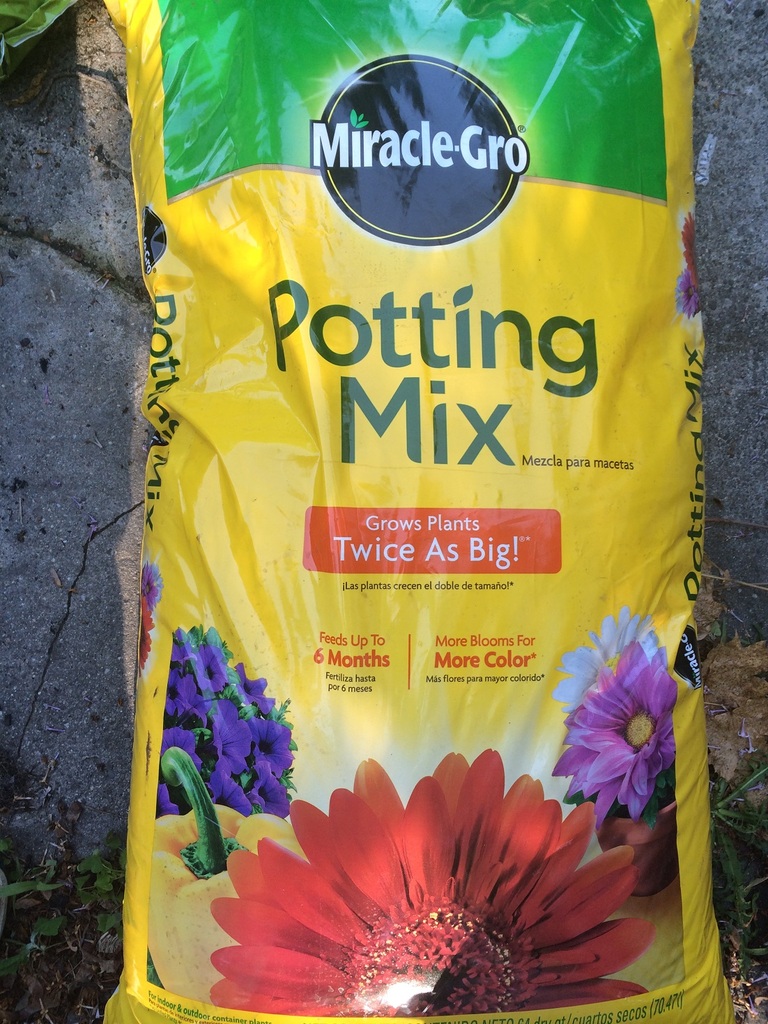
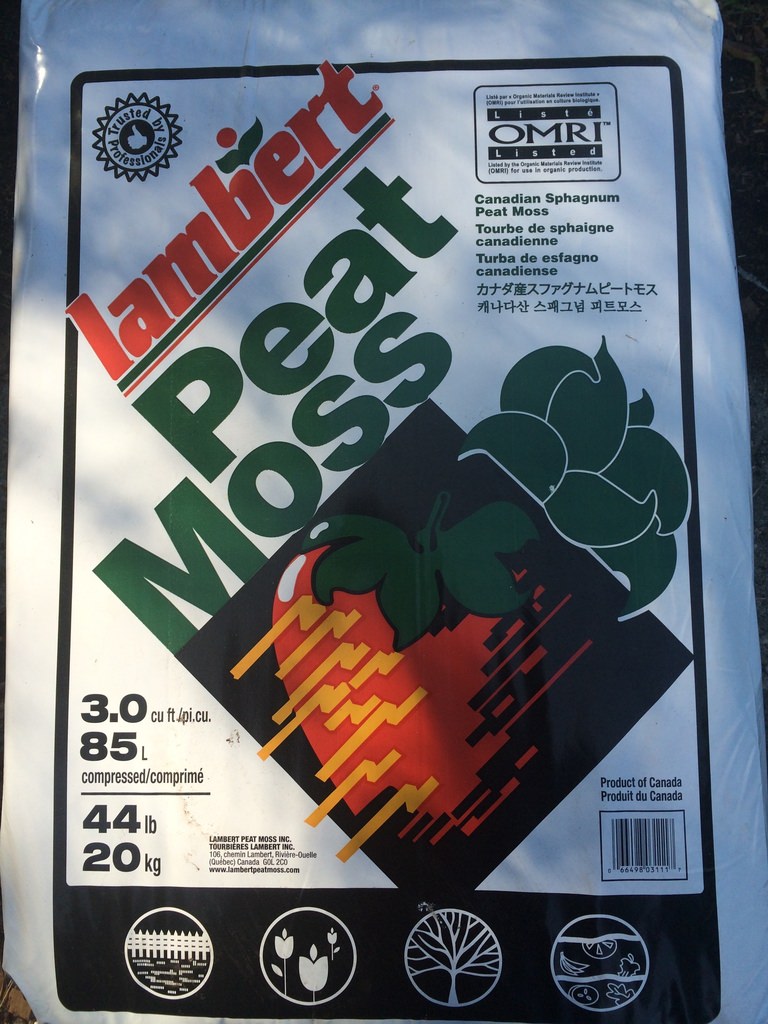
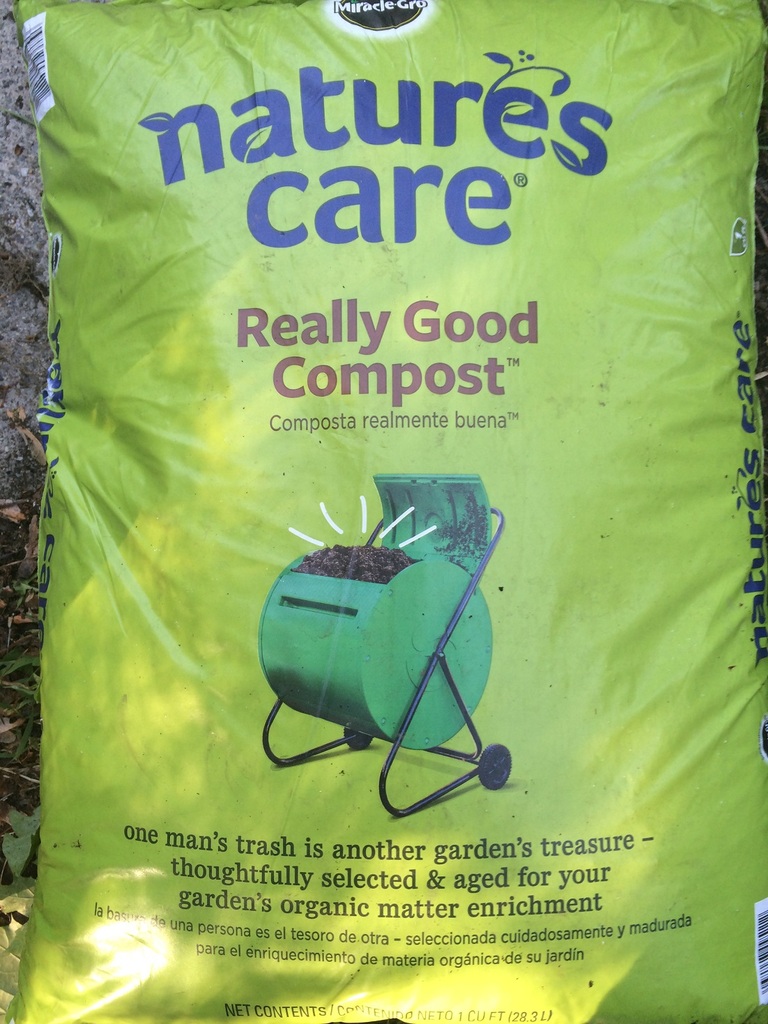
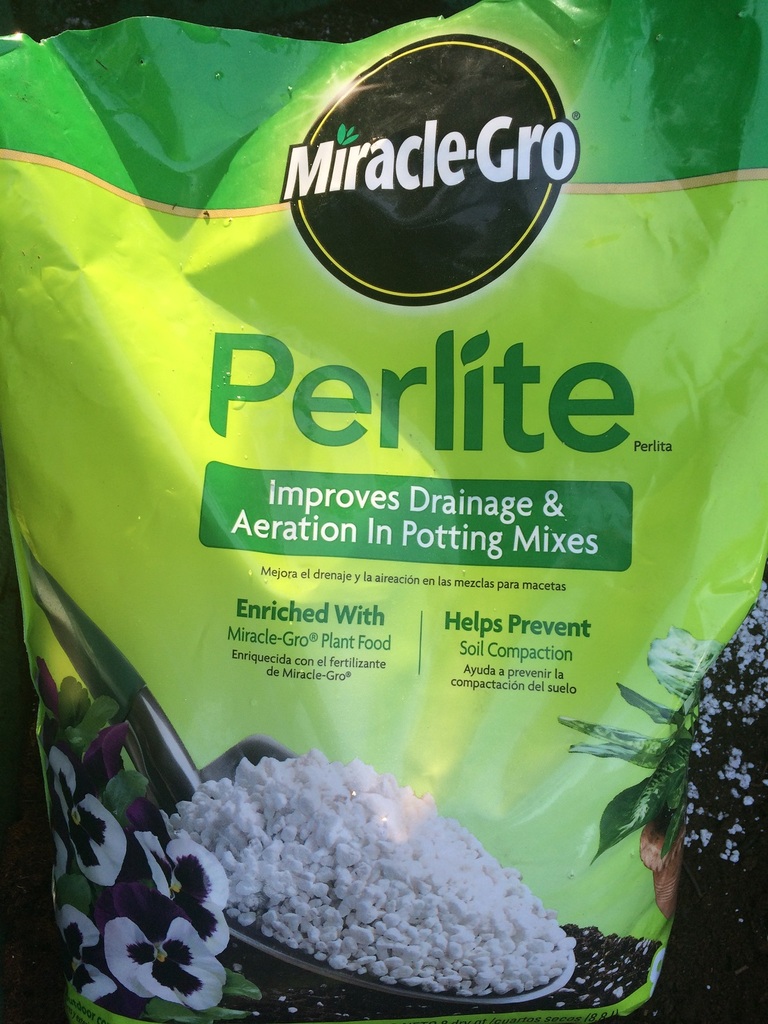
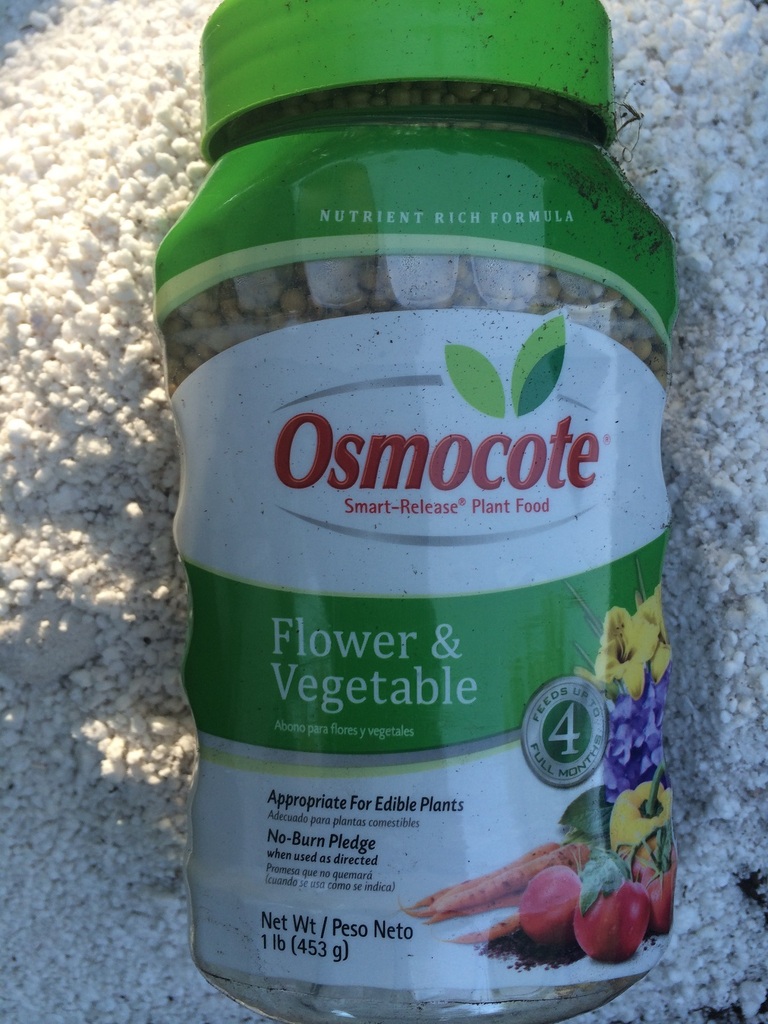
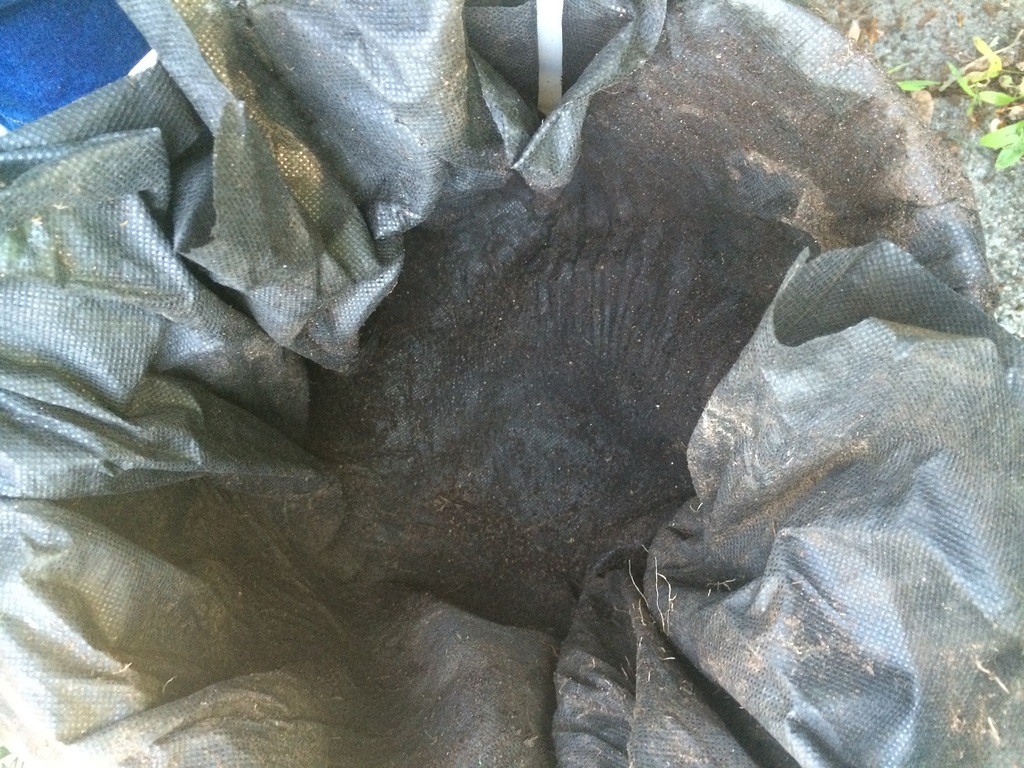
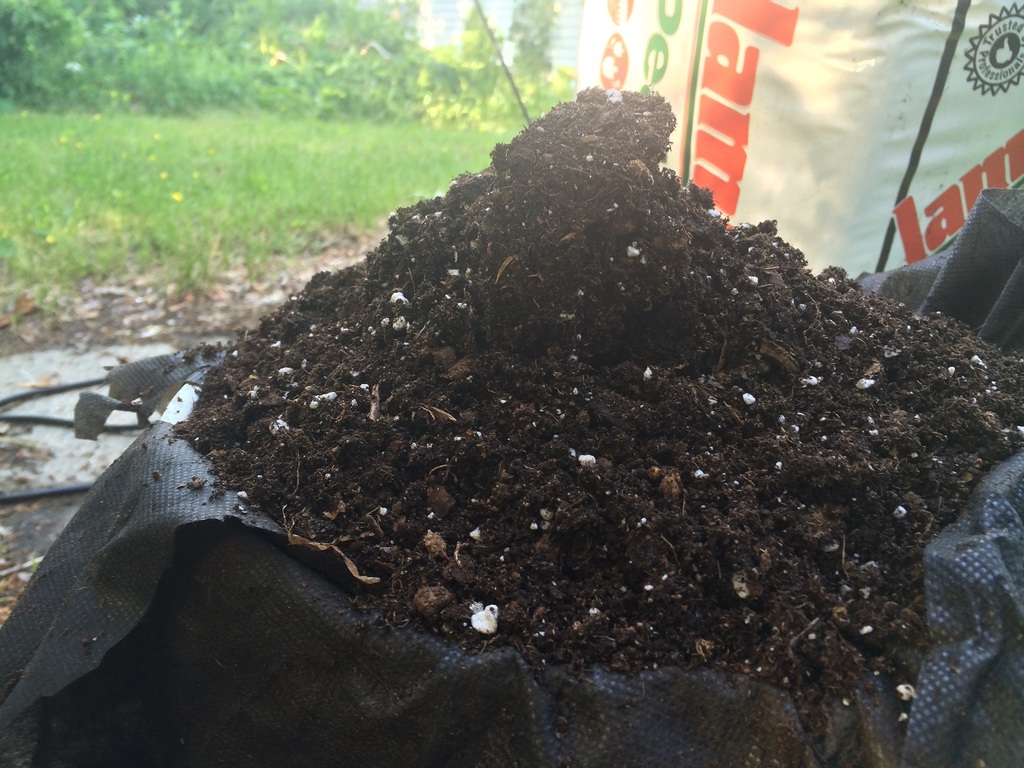
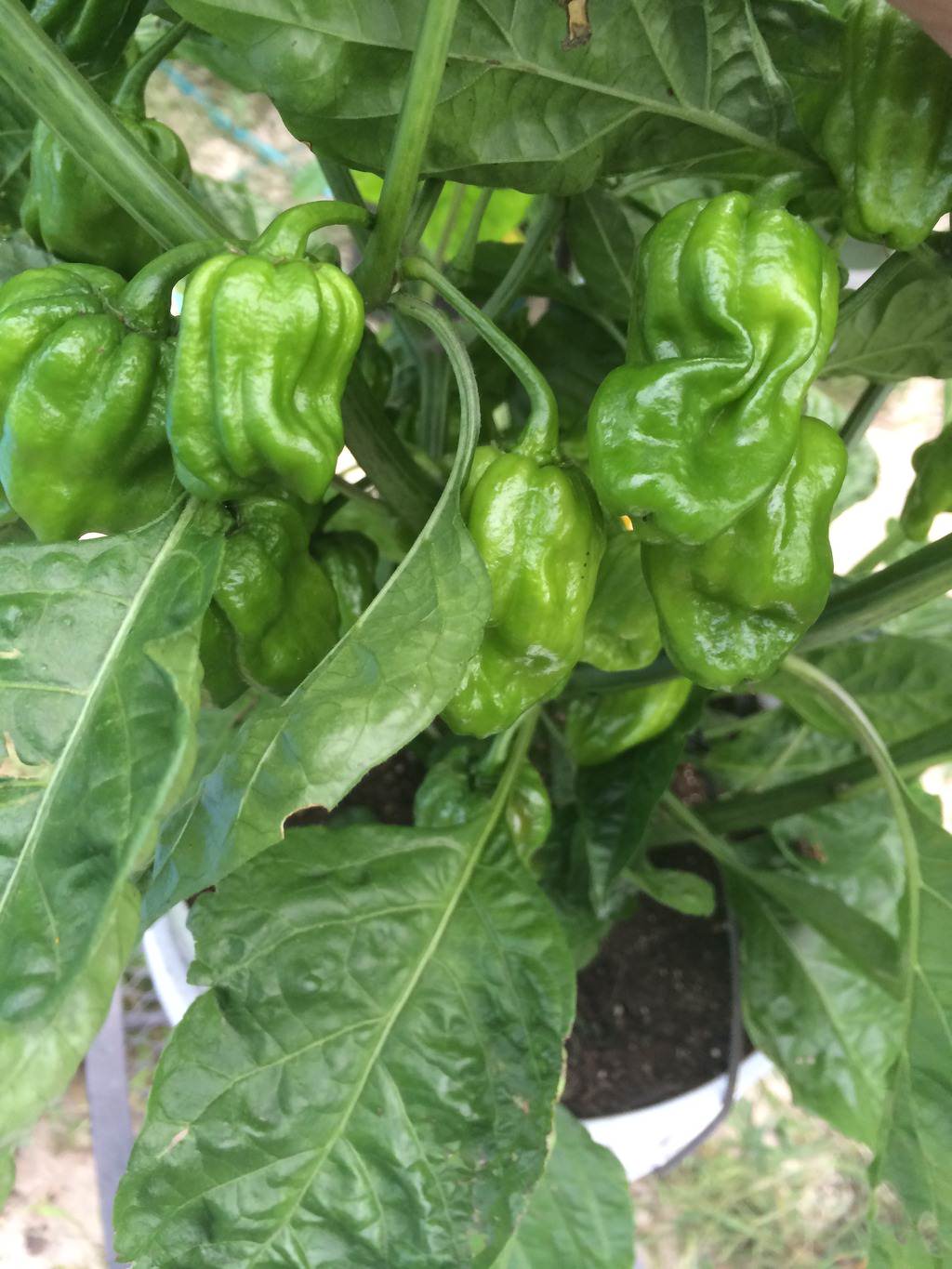
So 5 gallon buckets best for me.....
_
Not having insight in your method I'd say.....,
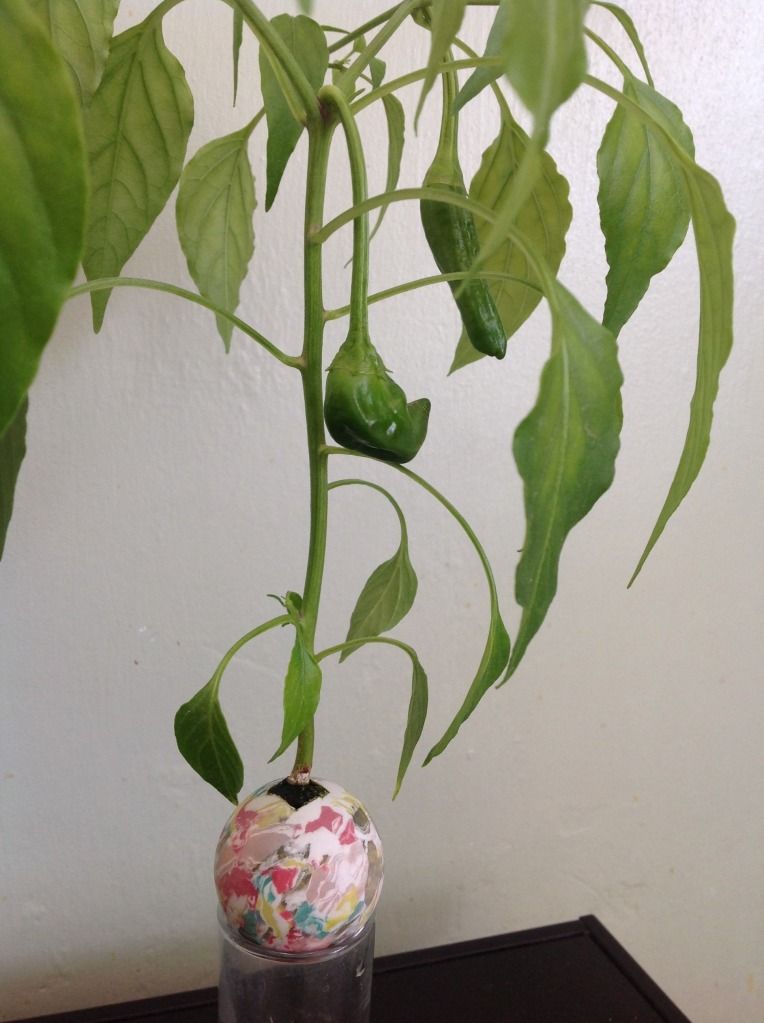
_








So 5 gallon buckets best for me.....
_
acs1 said:Using my hybrid sFL light and airy peat based potting mix, worm castings at 10%, with added org nutes + other amendments good for my climate. Watering controlled and strictly regulated. Full sun all day with shade cloth when needed...
So, whats the magic perfect size container...?
Not having insight in your method I'd say.....,

_
I've had good results for chinense peppers in 5 gal buckets. They tend to mature faster but won't get quite as big as the plants I put in the ground. 3 gal seems to be big enough for Thai peppers and similar. In the 3 gal they grow to about the same size as the ones in the ground and start producing faster.
There is already a lot of good information in this post but I figure I would drop in my 2 cents.
We moved from using 3-5 gallon plastic pots to using 7 gallon fabric with nothing but MiracleGrow as our growing medium and using GH as a fertilizer every over week/as needed.
We noticed increase gains, but noticed the following changes:
-Grub and earwigs are much more active under the fabric pots than plastic pots.
-We did not notice increased water loss in fabric, but did notice that when you over water the pots expel excess water a nice pro.
-We did 2 plants per some of our 7 gallon pots and noticed they did not grow as full as the singles in a 7 gallon.
We moved from using 3-5 gallon plastic pots to using 7 gallon fabric with nothing but MiracleGrow as our growing medium and using GH as a fertilizer every over week/as needed.
We noticed increase gains, but noticed the following changes:
-Grub and earwigs are much more active under the fabric pots than plastic pots.
-We did not notice increased water loss in fabric, but did notice that when you over water the pots expel excess water a nice pro.
-We did 2 plants per some of our 7 gallon pots and noticed they did not grow as full as the singles in a 7 gallon.
